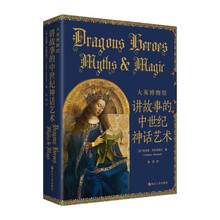Mahjong麻将
Mahjong is a popular game normally played by four people using dice and 144 tiles which have numbers and suits, the winds, dragons, Chinese characters, bamboo and circles. At the beginning of the game, the tiles are arranged face down in a square court which has four walls, each 18 tiles long and 2 tiles high. The walls, which are jokingly called "the Great Wall" , are built indiscriminately. The player taking the last wall breaks the square by extracting two tiles. From this point the players start making sets and sequences of tiles by taking fresh tiles in tum (13 in all) and discarding unwanted tiles into the court. Points are given according to the value of the tiles and of the various sets and sequences. Due to variations in play and scoring from place to place or even from house to house, people who do not often play together may have to agree on the rules beforehand.
Many Chinese are mahjong addicts, but many also look down on mahjong as gambling. In fact, mahjong was discouraged after 1949 in China, and even forbidden during the Cultural Revolution because of its association with a decadent life. It was still frowned upon during the 1980s, when people had to play indoors. Probably for the purpose of distinguishing mahjong from gambling, the Chinese government recog- nized it as a competitive athletic sport, and in September 1998, the State Sports General Administration ( Sports Bureau) announced the Chinese Mahjong Competition Rutes (for trial implementation) (《中国麻将竞赛规则》试行). National and regional contests have been held according to the official rules. The game is often a social event with wi- ning and dining, and games may last for days.
……
展开










